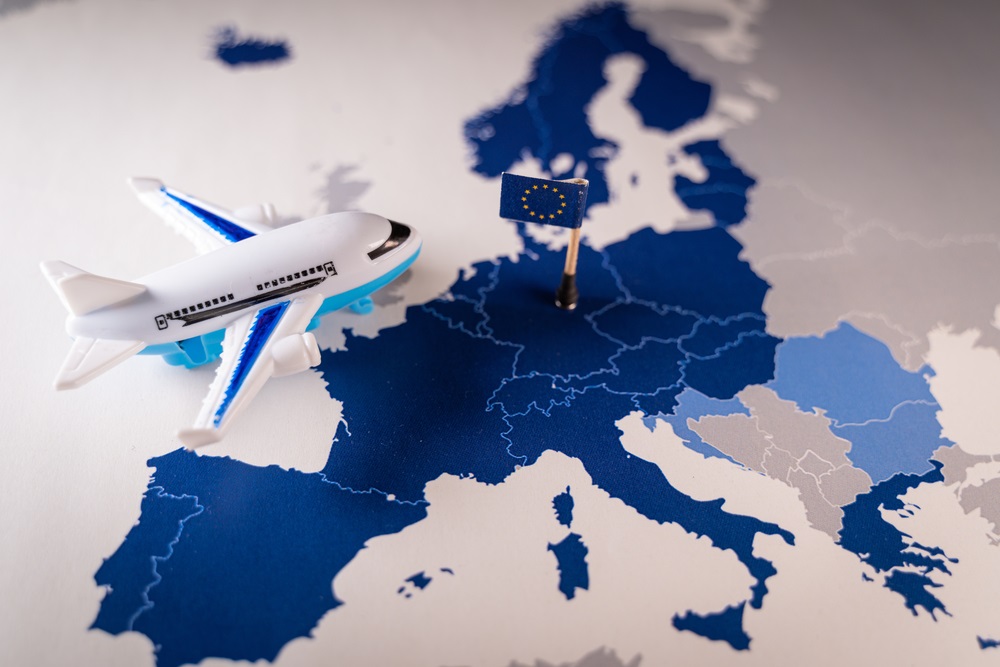The Council of the European Union has given the green light to the revised Regulation regarding the EU guidelines for the development of the European transport network (TEN-T), for both passengers and freight. This regulation is set to become the legislative instrument for creating a reliable, seamless, and high-quality network, sustainable in connectivity, that avoids physical disruptions and bottlenecks.
The process includes three stages in the development or modernization of transport infrastructure: 2030 for the core network, 2040 for the expanded core network, and by 2050 for the global network. Large-scale projects, such as cross-border railway connections, must also be completed by 2040.
The new Regulation includes nine strategically important projects under the designation “European Transport Corridors,” which aim to develop sustainable multimodal transport flows for goods and passengers, integrating rail, road, and waterway networks.
EU member states will decide how to prioritize projects of common interest that meet technical and priority requirements to create unified, high-performance, and fully interoperable infrastructures, contributing to the decarbonization of transport and its multimodality.

Rail Transport Infrastructure
To ensure sufficient capacity and smooth, uninterrupted rail transport operations across the TEN-T network, the Regulation includes provisions on the implementation of the European Rail Traffic Management System (ERTMS), the migration to the standard European track gauge, and the increase in the number of 740-meter freight trains. The agreement guarantees better and faster connections, as well as improved integration of ports, airports, and multimodal cargo terminals.
Air Transport Infrastructure
The Regulation promotes the connectivity of airports through rail transport services. Specifically, airports in major European cities with an annual traffic volume exceeding twelve million passengers will be connected to the trans-European rail network.
Harmonization of National Plans with EU Policy
The revised Regulation on EU guidelines for the development of the European transport network envisions the harmonization of national plans with European transport policy. Thus, member states must ensure the consistency of their national transport and investment plans with the priorities established by the EU regulation.
The regulatory harmonization and the development of more agile and better-connected transport infrastructure is good news for international trade. At Startrans, we are experts in logistics management related to freight shipping. We advise our clients on the best options, handle all administrative procedures, and stay updated on any regulatory changes. We specialize in triangular or cross-trading operations, both between EU manufacturers and buyers, as well as in cases where one party is in a non-EU country.
Contact us and we will provide the most efficient solution.